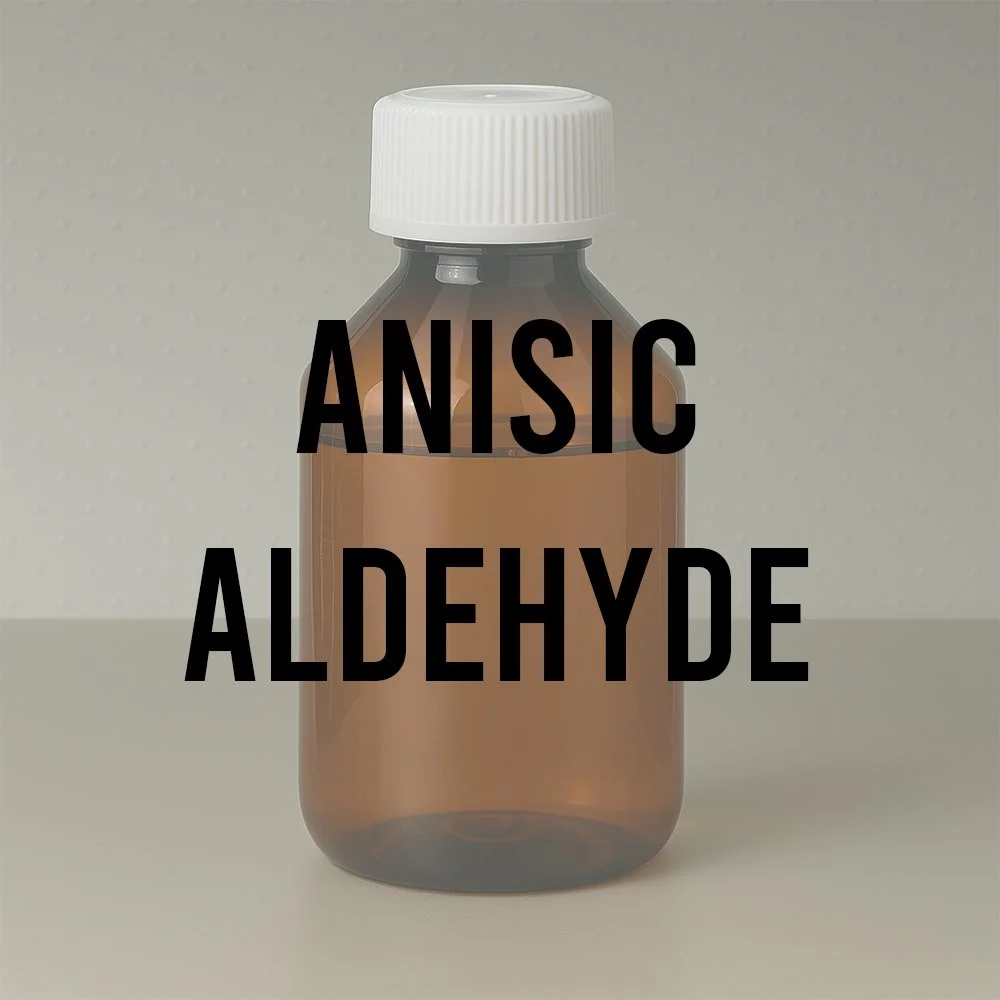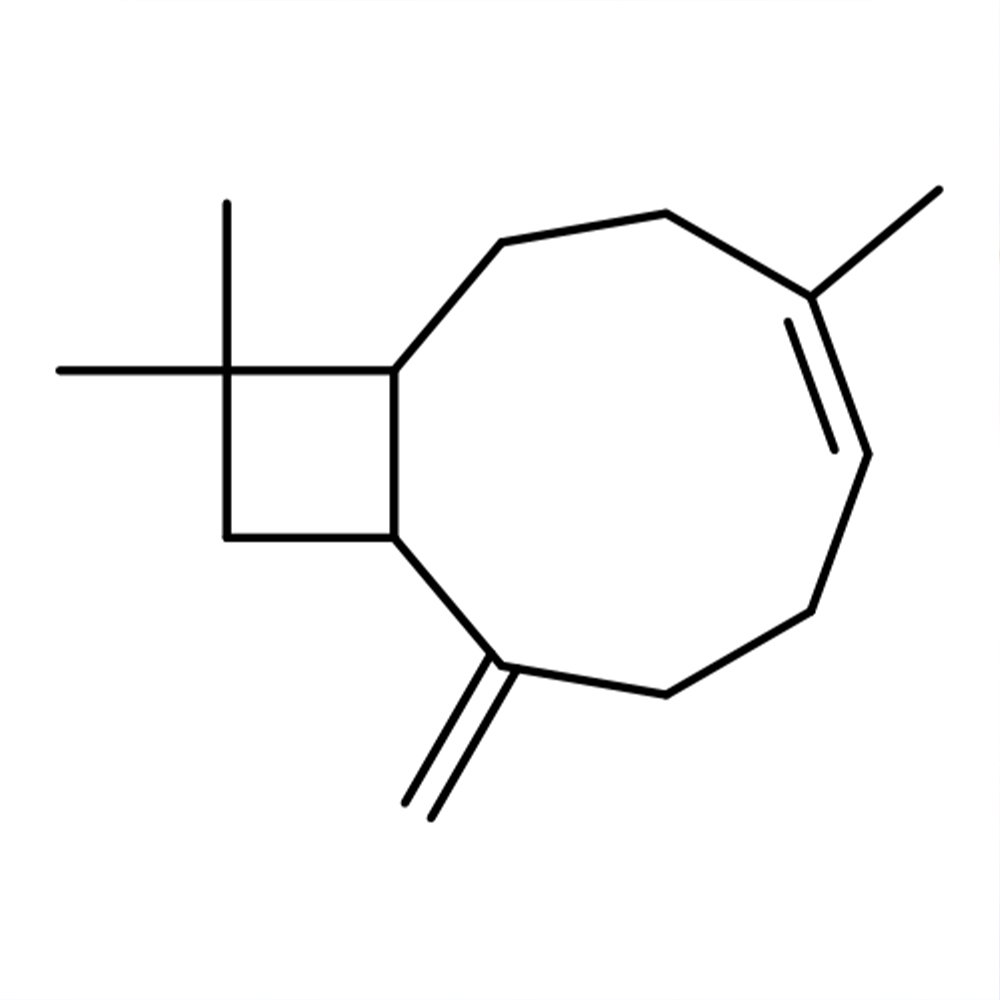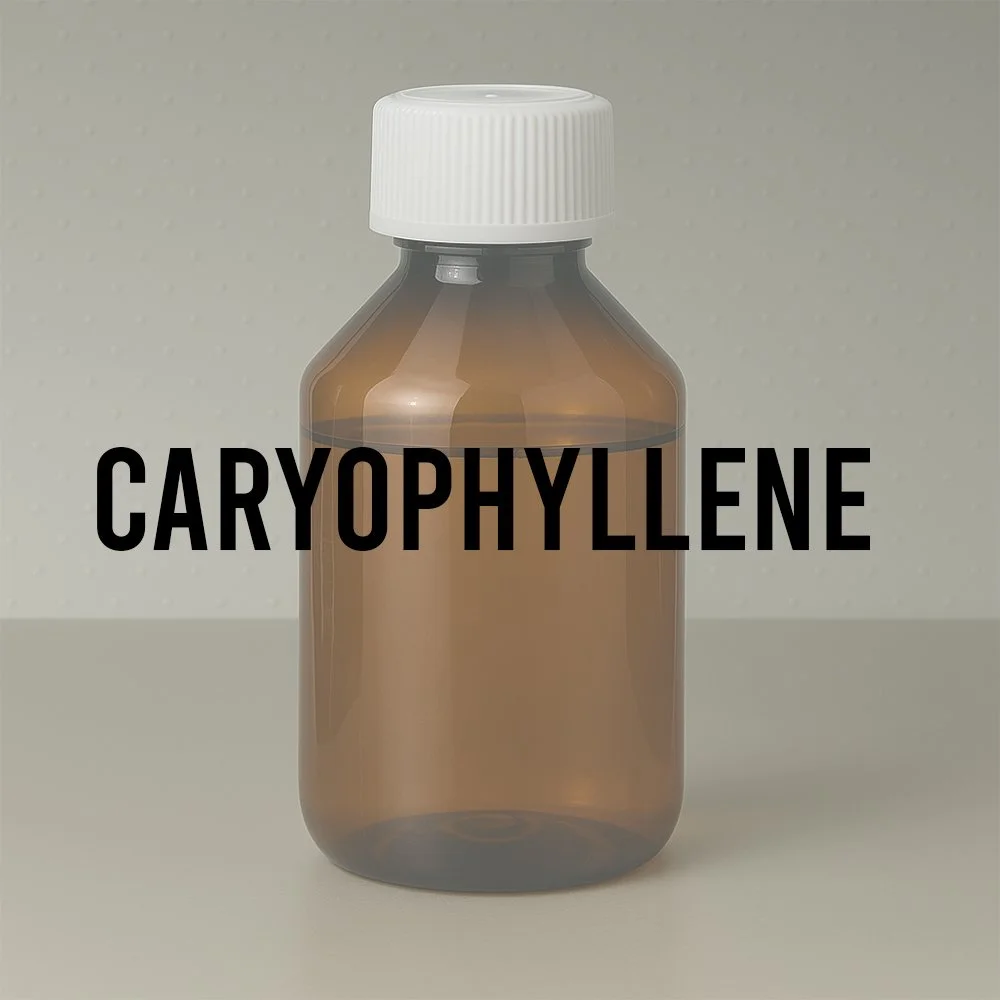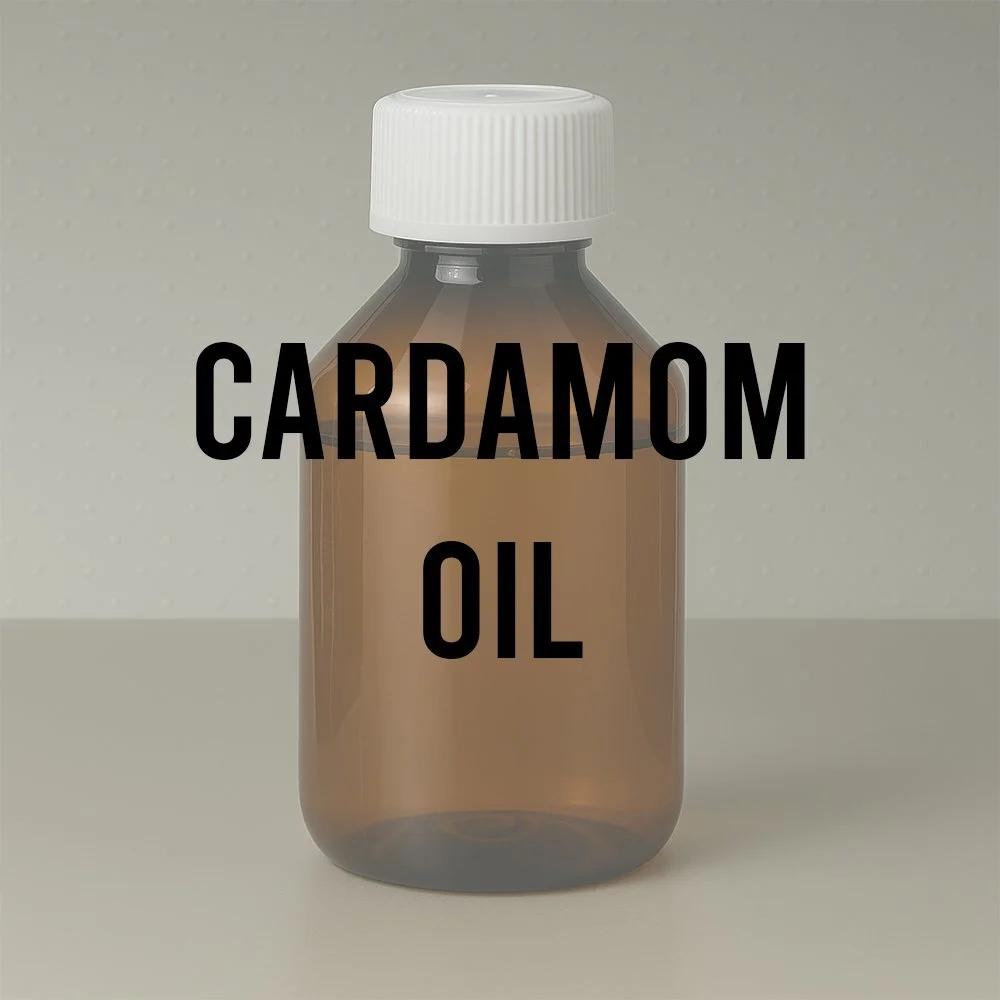ANISIC ALDEHYDE (p-Anisaldehyde) Technical Ingredient Overview
🔎 Chemical Name — 4-Methoxybenzaldehyde
🧪 Synonyms — p-Anisaldehyde, para-Methoxybenzaldehyde, Aubépine, Anisaldehyde
📂 CAS Number — 123-11-5
📘 FEMA Number — 2670
⚖️ Molecular Weight — 136.15 g/mol
📝 Odor Type — Sweet-floral, powdery
📈 Odor Strength — High (relative odor impact: 130)
👃🏼 Odor Profile — Sweet, powdery, intensely floral with characteristic hawthorn, mimosa, and hay-like notes. Vanilla, anisic, woody-coumarin undertones with subtle balsamic aspects
⚗️ Uses — Hawthorn reconstructions, floral compositions (lilac, mimosa, honeysuckle), aldehydic perfumes, flavor applications (confectionery, beverages)
🧴 Appearance — Colorless to slightly yellowish liquid
What is Anisic Aldehyde?
Anisic aldehyde (p-anisaldehyde) is an aromatic aldehyde consisting of a benzene ring bearing a formyl group and a methoxy substituent in the para position. This simple aromatic compound is one of the most recognizable and widely used materials in classical perfumery, valued for its intense, sweet-floral character reminiscent of hawthorn blossoms.
The compound naturally occurs in many essential oils, often together with anethole, including anise, fennel, star anise, vanilla pods, and various botanical sources (Surburg & Panten, 2016). However, the material used in perfumery is predominantly synthetic, produced through industrial oxidation processes that ensure consistent quality and economical supply.
Structurally related to vanillin (which bears an additional hydroxyl group), anisic aldehyde has been a cornerstone of perfumery since its first synthesis in the late 19th century, providing perfumers with a reliable, cost-effective material for creating sweet-floral accords.
Historical Background
Anisic aldehyde was first synthesized in 1877, marking an early milestone in synthetic perfumery chemistry. This achievement provided perfumers with a consistent, economical alternative to natural hawthorn extractions and established anisic aldehyde as a classic ingredient with over 140 years of continuous use in fragrance formulation.
The material's adoption was driven by its remarkable ability to capture the characteristic sweet-powdery florality of hawthorn blossoms (Crataegus species), which were traditionally difficult to extract economically. Arctander documented its widespread use in perfumery, noting that it found application across numerous fragrance types despite some limitations imposed by chemical reactivity in alkaline conditions.
Throughout the 20th century, anisic aldehyde became integral to numerous fragrance types, particularly in the construction of lilac, hawthorn, mimosa, and aldehydic floral compositions. Its use extended beyond fine fragrance into functional perfumery, where its excellent performance in soap formulations—often as a substitute for heliotropin (piperonal) due to better color stability—cemented its position as an industry standard.
The material has maintained relevance into modern perfumery, with IFRA restrictions evolving from more stringent earlier limits to a current maximum of 1.4% under Amendment 51, acknowledging both improved safety data and the material's continued importance to perfumers.
Olfactory Profile
Scent Family
Floral-Aldehydic, Sweet-Powdery subfamily
Main Descriptors
Primary character: Sweet, intensely floral, characteristic hawthorn
Secondary facets: Powdery-mimosa, hay-like, balsamic
Tertiary aspects: Vanilla, anisic-spicy, woody-coumarin, almond nuances
The olfactory profile is dominated by a distinctive sweet-floral character universally described as "hawthorn-like." This reference to hawthorn (Crataegus spp.) blossoms captures the material's unique combination of intense sweetness, powdery softness, and subtle hay-like dryness. Industry descriptions emphasize "sweet powdery mimosa floral hawthorn balsam" character alongside "sweet, powdery, vanilla, anise, woody, coumarin and creamy with a spicy nuance" (Olfactorian, 2025).
The material's complexity allows it to function simultaneously as a primary floral note and as a modifier that rounds and softens compositions. Surburg & Panten describe it as having a "sweet, mimosa, hawthorn odor" that is characteristic and immediately recognizable (2016).
Intensity
High odor strength with substantial diffusion and immediate presence, requiring careful dosage to avoid overwhelming delicate floral notes in compositions.
Tenacity
Good to excellent persistence. The material provides sustained floral character throughout the heart-to-base development of fragrances with longevity extending many hours on application.
Volatility
Middle note with moderate volatility. The molecular weight (136.15) positions anisic aldehyde in the heart note range, where it contributes sustained floral character throughout the fragrance's mid-development phase.
Applications in Fine Fragrance
Anisic aldehyde finds extensive application across multiple fragrance families:
Primary applications:
Hawthorn accords: The definitive material for recreating hawthorn blossom character
Mimosa compositions: Contributing powdery-floral sweetness
Lilac reconstructions: Providing characteristic sweet-floral tonality
Honeysuckle, linden flower, lime blossom (tilleul): Adding authentic floral facets
Cassie and acacia types: Supporting sweet-floral structures
Secondary applications:
Aldehydic florals: Rounding sharp aliphatic aldehydes and reducing pungency
Heliotrope accords: Contributing powdery-vanilla aspects
Oriental fragrances: Adding sweet-balsamic depth
Soap perfumes: Excellent alkali stability compared to heliotropin
Surburg & Panten note that p-anisaldehyde is "frequently used in sweet blossom compositions (e.g., in lilac and hawthorn types) as well as in flavor compositions for confectioneries and beverages" (2016). The material serves as an excellent companion to sharper aldehydes, rounding them and reducing their pungency.
Blending synergies: Anisic aldehyde pairs well with heliotropin (piperonal), hydroxycitronellal, acetophenone, naphthyl ethers, and benzyl acetate, creating harmonious floral-powdery effects.
Performance in Formula
Typical usage levels: Current IFRA restriction permits up to 1.4% in finished fine fragrance products (Category 4). For a 20% EdP concentrate, this allows approximately 7% anisic aldehyde in the fragrance compound.
Stability considerations: The material exhibits poor stability in alkaline conditions and in the presence of amines, which can limit its use in certain formula types. It readily oxidizes when exposed to air, converting to anisic acid, necessitating proper storage and antioxidant protection. Surburg & Panten note that "p-anisaldehyde can be hydrogenated to anise alcohol and readily oxidizes to anisic acid when exposed to air" (2016).
Handling: Store in cool, dry conditions away from direct sunlight and heat sources. The aldehyde function makes it susceptible to oxidation, potentially causing loss of odor intensity over time.
Formulation advantages: Unlike heliotropin, anisic aldehyde does not discolor in soap formulations, making it particularly valuable for functional perfumery applications where color stability is critical.
Industrial & Technical Uses
Flavor applications (FEMA 2670): Extensively used in food flavoring for confectionery, baked goods, beverages, puddings, and chewing gum. Typical concentrations range from 5-30 mg/kg in finished goods, with higher levels permitted in chewing gum applications.
Flavor profiles: Adds apricot, butter, caramel, cherry, chocolate, walnut, nut, peach, raspberry, strawberry, spice, vanilla, peppermint, and fennel notes to food formulations. The flavor threshold averages approximately 0.2 ppm in sugar water (Alfa Chemistry, 2025).
Pharmaceutical intermediates: Serves as a building block in the synthesis of various active pharmaceutical ingredients, including antihistamines and antibacterial compounds. The material is used in the production of medications due to its reactive aldehyde functionality.
Industrial applications: Used in agrochemicals, dyes, plastic additives, and as a TLC (thin layer chromatography) staining reagent, where it provides distinctive colorimetric identification of different compounds. Additionally employed as a brightening agent in electroplating processes (Chemicalbook, 2025).
Regulatory & Safety Overview
IFRA Status
Current restriction (Amendment 51): Maximum 1.4% in finished products (Category 4 - fine fragrance, EdT, EdP). This represents a significant relaxation from previous more stringent limits, acknowledging improved safety data and the material's importance to perfumery.
The restriction applies across all IFRA categories with varying limits based on product type and exposure levels. The material is included on the IFRA Transparency List.
EU Cosmetics Regulation
Permitted for use in cosmetic products under EU Regulation 1223/2009. The material is widely used and well-established in formulations across the EU market.
FEMA Status
FEMA 2670 - Generally Recognized As Safe (GRAS) for flavor applications. Approved for use in food products with specified maximum use levels according to the FEMA GRAS program.
Toxicology
The material demonstrates low acute toxicity with extensive historical use data supporting safety at appropriate concentrations. Studies indicate that p-anisaldehyde may interfere with the mutagenicity of other substances. The IFRA restrictions are based on comprehensive toxicological assessments accounting for sensitization potential and other safety parameters.
Synthesis & Chemistry
Industrial production primarily involves oxidation of 4-methoxytoluene (p-cresyl methyl ether) using manganese dioxide (MnO₂) in the presence of sulfuric acid, converting the methyl group to an aldehyde function (Wikipedia, 2025; Surburg & Panten, 2016).
Surburg & Panten describe the synthesis: "Synthetic routes to anisaldehyde usually involve the oxidation of p-cresyl methyl ether. Manganese dioxide and sulfuric acid are usually used for oxidation" (2016). Additional industrial processes include liquid-phase oxidation in the presence of cobalt catalysts and electrochemical oxidation.
Alternative routes include:
Russian process using oxidation of p-cresyl methyl ether with alkali peroxysulfates in the presence of silver salts
Oxidation of anethole (trans-4-methoxyprophenylbenzene) by oxidative cleavage of the alkene double bond
Chloromethylation of anisole followed by urotropine oxidation
Chemical properties: As an aromatic aldehyde, p-anisaldehyde undergoes typical aldehyde reactions including:
Reduction: Hydrogenation yields anise alcohol (4-methoxybenzyl alcohol)
Oxidation: Air oxidation produces anisic acid (4-methoxybenzoic acid)
Condensation: Participates in aldol and related condensation reactions
The compound is miscible with alcohol, ether, and most fixed oils, soluble in propylene glycol, but has limited water solubility (approximately 0.3%). It is insoluble in glycerin and mineral oil.
Physical constants: Boiling point 248°C (132°C at 1.85 kPa), melting point -1°C, flash point 116°C (closed cup), density 1.119-1.121 g/mL at 25°C, refractive index n²⁵_D 1.5703 (Surburg & Panten, 2016).
References
Alfa Chemistry. (2025). CAS 123-11-5 p-Anisaldehyde. Retrieved from https://www.alfa-chemistry.com/product/p-anisaldehyde-cas-123-11-5-325629.html
Chemicalbook. (2025). p-Anisaldehyde | 123-11-5. Retrieved from https://www.chemicalbook.com/ChemicalProductProperty_EN_CB7491195.htm
Olfactorian. (2025). Anisaldehyde [Odor descriptions compilation]. Retrieved from https://www.olfactorian.com/materials/anisaldehyde
Surburg, H., & Panten, J. (2016). Common fragrance and flavor materials (6th ed.). Wiley-VCH.
Wikipedia. (2025, June 30). 4-Anisaldehyde. Retrieved from https://en.wikipedia.org/wiki/4-Anisaldehyde











